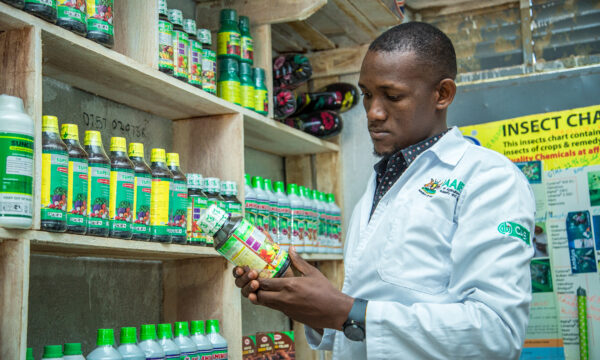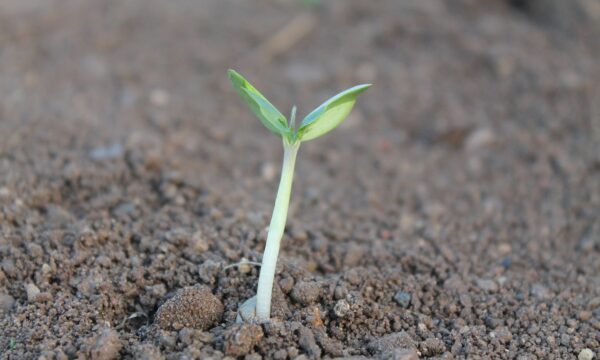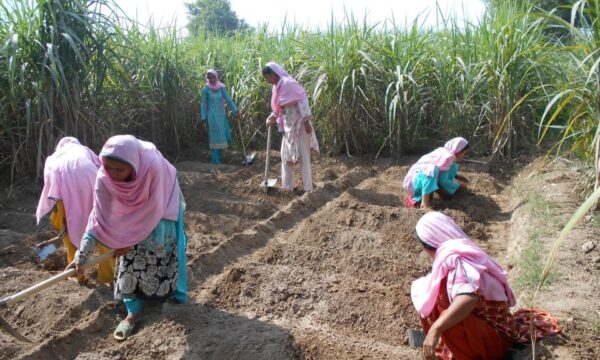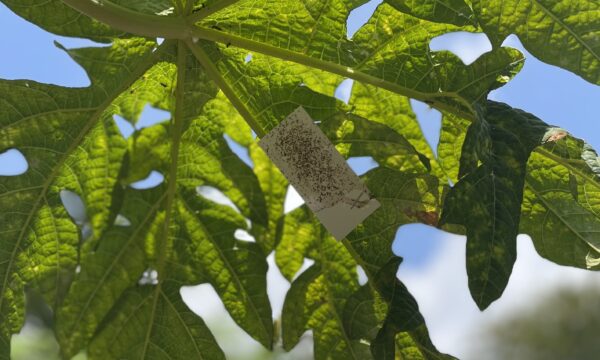The fall armyworm (Spodoptera frugiperda) has wreaked havoc on Zambia’s agriculture, devastating smallholder farmers with staggering losses. But amidst the struggle, a promising solution emerges.
Through activities on the PlantwisePlus programme and the Village-based biocontrol of fall armyworm in Zambia project, funded by ACIAR, CABI has delved into combating this agricultural menace with various biological control options.

Fungus to fight fall armyworm in Zambia
Metarhizium rileyi, a highly specific fungus that kills fall armyworm, stands out among these. What’s even more remarkable? Scientists from Zambia Agricultural Research Institute (ZARI), University of Zambia (UNZA), and CABI in Zambia have identified the presence of this fungus naturally occurring in certain areas when fall armyworm started devasting maize, offering a beacon of hope in the fight against this invasive pest. In 2023, the CABI-led project, funded by ACIAR, embarked on a journey alongside key partners ZARI and UNZA. Their mission? To tackle the fall armyworm crisis head-on through village-based biocontrol initiatives. The project’s official launch marked the beginning of comprehensive field trials across various sites in Zambia.
How effective is Metarhizium rileyi?
The heart of these trials lies in the application of M. rileyi. The process involves using a mixture of a calculated amount of M. rileyi spores and local sand treatment and applying it in four maize sites infested with fall armyworm. Scientists applied the mixture every two weeks. To compare the efficacy of the fungus, the team also used other treatments: sand only, chemical, and no application. This innovative approach, coupled with meticulous monitoring, aimed to evaluate the feasibility and effectiveness of M. rileyi as a biological control agent.

Despite facing challenges like drought in some trial sites, the results have been promising. Visual assessments revealed stark differences between treated and untreated plots, showcasing the efficacy of M. rileyi.
Notably, the fungal and chemical-treated plots exhibited substantial control over fall armyworm populations, with numerous dead specimens discovered in the fungal treatments. In the fungal-treated plots, there were also thriving populations of beneficial insects, which contributed to further pest suppression over time.
A sustainable approach

As we reflect on these encouraging findings, it’s evident that nature holds powerful solutions to our agricultural challenges. The local presence of naturally occurring M.rileyi offers a sustainable and environmentally friendly approach to combatting fall armyworms in Zambia and beyond. Looking ahead, continued research and collaboration are paramount. By amplifying our efforts and leveraging the potential of biocontrol, we can mitigate the impact of invasive pests, safeguarding livelihoods and fostering resilience in agricultural communities.
Find out more
CABI Projects: Village-based biological control of fall armyworm in Zambia
Fall armyworm portal (CABI Digital Library)
How can Metarhizium be used to address pests and diseases?
Project advocates village-based biological control of fall armyworm in Zambia
Images: courtesy of the authors
PlantwisePlus gratefully acknowledges the financial support of the Directorate-General for International Cooperation (DGIS), Netherlands; European Commission Directorate General for International Partnerships (INTPA, EU); the Foreign, Commonwealth & Development Office (FCDO), United Kingdom; and the Swiss Agency for Development and Cooperation (SDC).
2 Comments
Leave a Reply
Related News & Blogs
Training Sri Lanka’s agro-dealers in pesticide risk reduction
Agro-dealers provide vital support to Sri Lanka’s farmers. These agricultural input suppliers are often the first point of contact for smallholders who need advice on plant protection products. However, agro-dealers often lack formal training in safer…
3 July 2025





What was the environmenta condition, are the climate conditions suitable for fungus, did the fungus compatiblitubwere tested with sand. How much difference was recorded in mortality rate of FAW bu using chemical and dungus. What was the cost benefit ratio. Which stage of FAW was mostly controlled by these fungus as of hiding feeding behaviours of the pest. How much difference was recorded in the yield of corn after using these Biocontrol agents and chemical. Were the effect of all treatments tested on mortality of natural emies present in the field ???
Dear Arshad, this is an early stage project that started because we found the fungus naturally infecting the FAW in Zambia, hence the fungus is very suitable for use in Zambia. Yes the compatibility with sand was tested in the lab before carrying out any field trials. To date we have been working with L3 and L4 although it will kill the other stages. L1 and L2 are very small to handle and difficult to use. The latter instars sometimes go to pupation before the experiments end, hence making it difficult to analyses our results. As the project is still early stage the cost/benefit ration has not been determined and unfortunately due to drought this year we could not determine effects on yield. We will be running further field trials early next year and continuing with lab trials so watch this space for our updates.